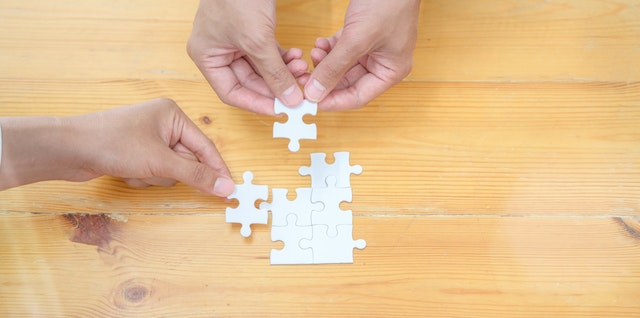
USA: Where have all the non-COVID emergency patients gone?
Corona Virus/ COVID-19 By M2C staff 12-Jul-2020Los Angeles, CA, USA
Governor Newsom (California state) announced on Sunday, June 28, to close bars in 7 counties of California including Los Angeles county, which had been permitted to open on June 12. This mandate came after a surge in the number of coronavirus cases and hospitalizations in the state. People have been congregating together without masks and waiting in lines without distancing outside bars and nightclubs. This phenomenon is not unique to California’s nightlife; people have been openly flouting rules in parks/trails, beaches and restaurants with take-out/delivery options and even while exercising in the open. However, extremely low population density in comparison to populous cities such as Mumbai have played a role in relatively lower rates of transmission, certainly not people’s ability to abide by the law.
While hospitals have been preparing for a surge in cases and possibly a second wave in fall (if the first wave ebbs), revenue from patients suffering from conditions other than COVID-19 seems to be on a decline. For instance, NPR (National Public Radio, USA) reported that patient volume is low since fewer people feel safe in heading to the emergency room and call their doctors as per the CDC (Centers for Disease Control and Prevention is a national public health institute in the United States) recommendation before visiting a hospital. A majority of conditions are dealt via telemedicine/consultations.
Furthermore, a California Health Care Foundation report also suggested that California hospitals lost at least $3.2 billion a month during the first wave of the COVID-19 pandemic as they made preparations for a potential flood of patients, bought new equipment and cancelled non-emergency medical procedures. Once again, the report highlighted the fact that patients avoided trips to hospitals due to the spike in coronavirus cases. Due to the significant loss of revenue, hospitals were unable to retain their staff. Dr. Melnick, a professor of public policy at University of Southern California, added that the losses in emergency rooms could last until people feel secure being around other sick patients. “People are not going to rush back until they feel safe,” he said. “Who are the people who go to the emergency room and to the hospital? These are generally high-risk people, so they’re going to delay until they’ve really got to go. I don’t see demand getting back to normal until maybe there’s a vaccine.”
I know of several personal experiences, wherein, friends indicated that they would prolong a doctor’s visit for as long as possible. On the other hand, due to a voluntary and recommended order to stay at home, I know of several people who have been traveling and seeing physicians in the country. Finally, health insurance is a significant predictor for seeking healthcare services in the U.S. Due to the on-going economic challenges, several people lost access to health insurance as they were laid off, which would then prevent them from seeking treatment for non-urgent conditions.
The question to ask then is “Where have patients with acute and life-threatening conditions gone?” According to a report by the New York Times, several physicians and researchers in the U.S., Spain, Hong Kong and so on have been attempting to answer the aforementioned question, some of which can be addressed by my earlier explanation. It is, however, scary for patients with cardiovascular complaints to prolong their visit to such an extent that lifesaving measures could fail when they finally do see their physician. And yet, cardiologists have seen a tremendous decline in their case load. Even conditions such as strokes and acute appendicitis seem to have severely declined. It is not inconceivable that the new norm aka social distancing is working. In other words, our meals, physical activity, interactions, day-to-day routines have changed dramatically influencing a reduction in triggers which could put our health at a higher risk. Perhaps, some of the missing patients are missing because they truly did benefit from the lockdown due to a healthy change in their lifestyle.
The author is a Homeopath Doctor (B.H.M.S) and has completed her Masters in Science in Public Health in the USA. She has expressed her personal views regarding the situation in the USA.
References: NYTimes, LAtimes, Sacramento Bee, CDC, TheCommonwealthFund.org